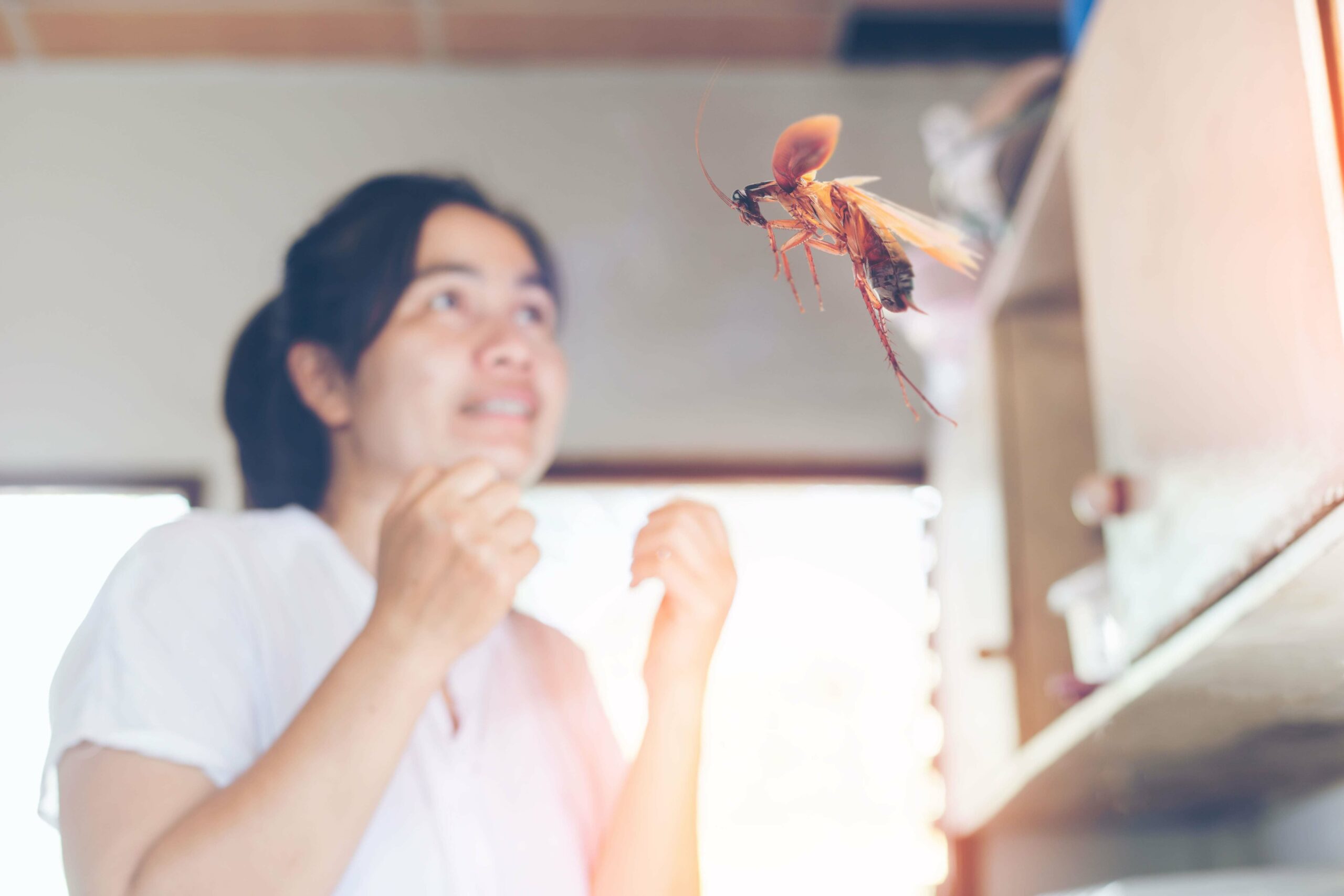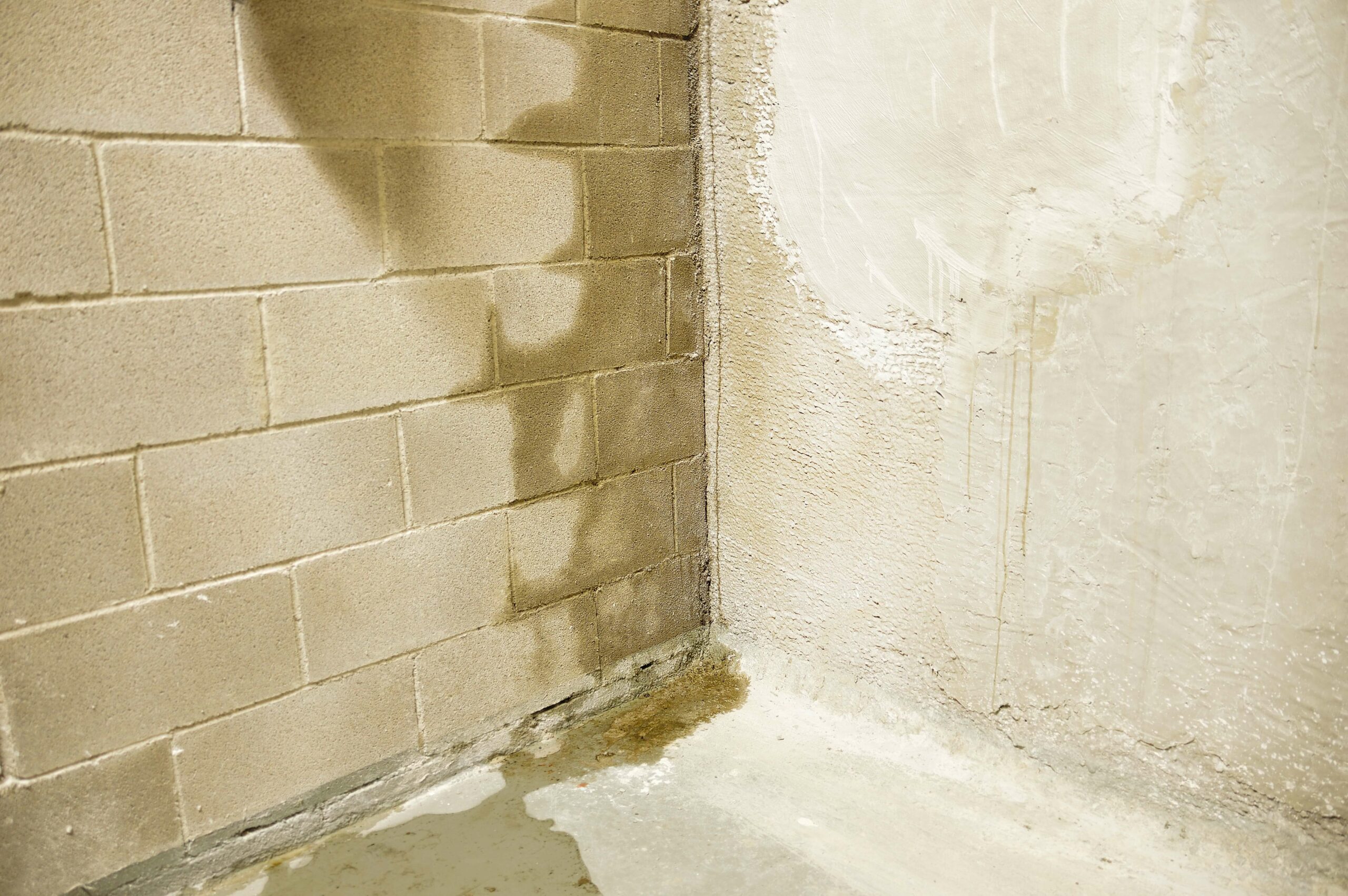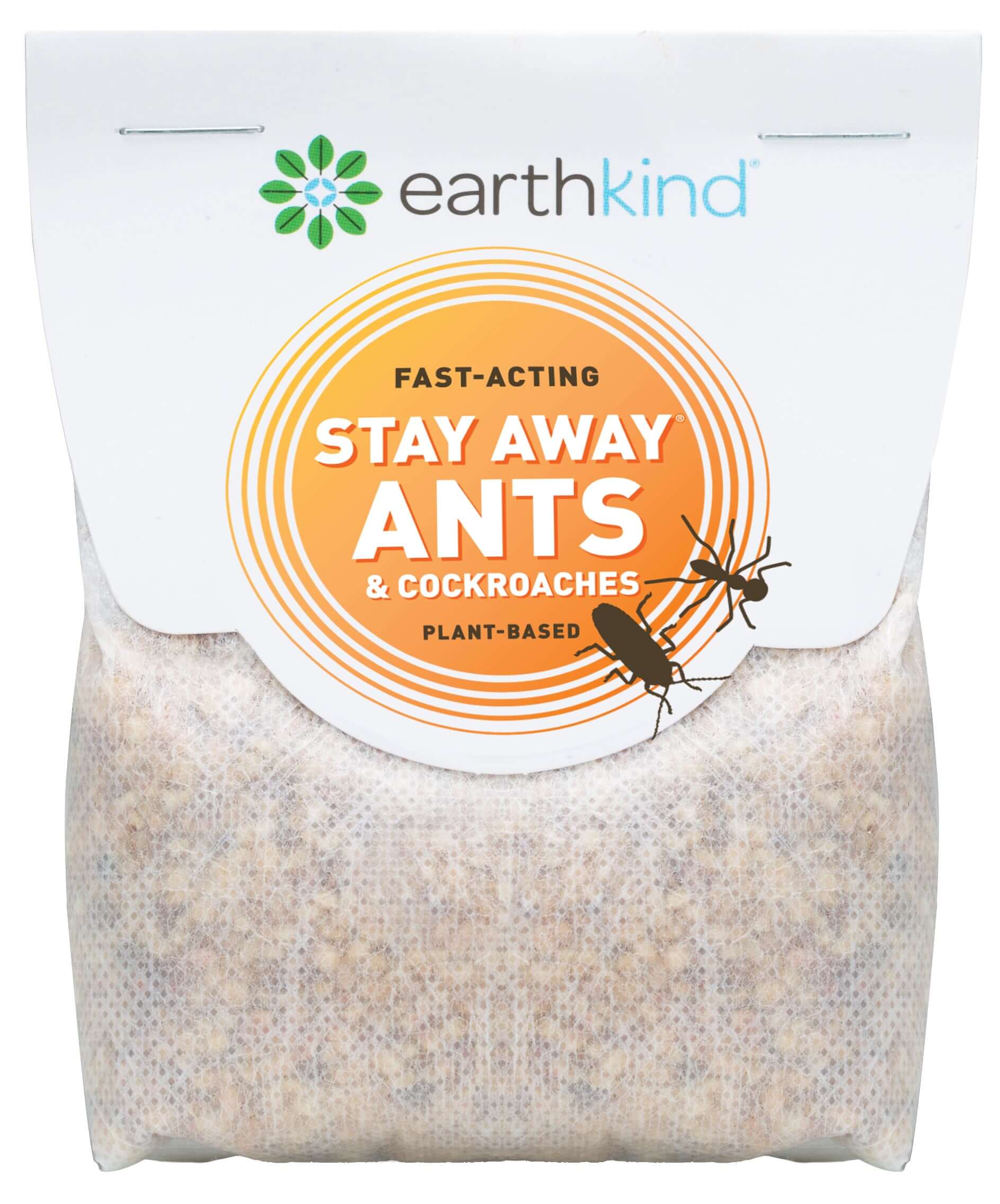Facts About Cockroaches
By : Rita Stadler
Cockroaches are universally dreaded, but most people know very little about these insects. Ignorance is not bliss; preventing infestations can be surprisingly difficult when you struggle to identify these pests or the circumstances that attract them. Unfortunately, once you spot one, you can rest assured that others are lurking.
A decidedly prolific pest, cockroaches come in many distinct varieties. The sheer range of these insects can make it difficult to keep them all straight. It’s even more challenging to discern which solutions will prevent them from taking over your home.
We’re determined to provide the insight you need, so we’ve highlighted several important facts about cockroaches — and mitigation strategies — below:
Can Cockroaches Fly?
As you determine whether the insects in your home are cockroaches or other pests, watch for flying. While we typically tend to picture them as scuttling about on the floor, many types are capable of flying or, at least, gliding in a manner that resembles flight. Other types, however, fly rarely or not at all.
Which Species Can Fly & Which Cannot?
Flight (or lack thereof) is often a distinguishing feature between various types of cockroaches. Below, we’ve highlighted the role flight plays in the everyday behavior of common species:
- Smokybrown cockroaches. Equipped with long wings, the smokybrown type can often be seen flying outside on hot summer evenings. They are attracted to light, so homeowners may complain of them flying near the lights on their patios or in other outdoor spaces.
- Asian cockroaches. Another example of a type that can fly, the Asian variety can travel over 100 feet at a time by flight. This ability makes it a bit easier to distinguish between Asian and German species, as they look quite similar. The Asian species can fly easily, while the German species almost never fly.
- Brown-banded cockroaches. The Brown-banded type is unique in that only the males can fly. Typically, however, males only fly if disturbed.
- American cockroaches. While they don’t quite fly like their smokybrown or Asian counterparts, American cockroaches sometimes give the impression of flying. They can easily glide from high to low spots. Outside, this typically involves gliding for some distance after departing tall trees. Indoors, they may glide from a tall cabinet to the counter or floor.
- Australian cockroaches. Similar in appearance to the American species, Australian cockroaches have fully developed wings that allow them to glide significant distances.
- German cockroaches. This species typically does not fly. Their bodies simply aren’t equipped for strong flight or even adept gliding such as their American or Australian counterparts. Rather, they prefer crawling.
- Oriental cockroaches. Like the German type, Oriental cockroaches avoid flying in most situations. Often referred to as water bugs, they strongly prefer to hang out in dark and damp areas. Their wings only cover a small section of their abdomen.
Other Cockroach Facts
Now that you have a better idea of the flying patterns for various species, it’s time to dive into details about their appearance, lifespan, and potential danger to humans. Below, we’ve answered several common questions about these pests.
Are cockroaches dangerous?
As with flight patterns, the dangers of these insects vary somewhat from one species to the next. A lot depends on how likely they are to infest homes; some actually prefer the outdoors. Among those found inside, the greatest threats involve allergic reactions or food contamination.
Do they bite?
Cockroaches can definitely bite. Thankfully, this is not common. Bites are more likely when dealing with large, out-of-control infestations. American and Australian species are the most likely to bite, although bites are possible from many other types as well.
How long do they live?
The cockroach life cycle varies dramatically from one type to the next. This lifespan is influenced by how long each kind spends in various phases of life:
- Egg. These insects begin as eggs within small cases known as ootheca. They spend several weeks or even months developing within these cases before emerging as nymphs.
- Nymph. During the nymph stage, they grow quickly and molt frequently. The periods between molting are known as instars. Some types spend the majority of their lifespan in the nymph stage, which may last anywhere from several weeks to over a year.
- Adult. The adult lifespan depends on environmental and reproductive concerns, but some adults live over a year as sexually mature insects. Female cockroaches typically live longer than their male counterparts.
As you can see, there’s no simple answer to this question. In most cases, however, cockroaches can be expected to live between one and two years.
How often do they reproduce?
Reproduction patterns vary to some extent based on the lifespan of each type of cockroach — and how long they’re sustained within their environment. In general, however, females produce the previously mentioned ootheca after mating. These capsules may contain dozens of eggs.
Some females lay these egg capsules just four or five times, while others may reproduce on over one dozen occasions. Either way, these pests are capable of producing hundreds — or sometimes, thousands — of offspring. As such, a seemingly minor infestation can quickly get out of control.
How many legs do they have?
All cockroaches have six legs. These exist in three distinct pairs:
- Prothoracic legs. Situated near the front of the thorax, these legs act as effective brakes.
- Mesothoracic legs. These middle legs help them adjust their speed as needed.
- Metathoracic legs. Found at the back of the thorax, the hind legs are powerful and can help these insects move surprisingly fast.
How often do they need food or water?
Cockroaches are versatile eaters that will consume almost anything found in your kitchen. That being said, they can survive up to three months without consuming food. Water, however, is a different story. If it’s out of reach, they won’t last longer than a month. This is why it’s common to find them in areas with moisture, such as basements.
How to Rid These Pests From Your Home
A little knowledge can make a world of difference as you try to keep many species of cockroaches out of your home. Prevention is always key, although early identification and mitigation can keep existing cockroach infestations from getting out of control. Insecticides should not be necessary if you opt for a proactive approach.
Top strategies for getting rid of cockroaches — and keeping them away — include:
Eliminate food sources. It only takes a few small crumbs to keep these pests happy. Clean kitchens and dining rooms thoroughly to limit their feeding abilities. Some of these pests can easily get into packaging, so be sure to secure all food in sealed containers.
Address moist areas in your home. As mentioned above, these pests can go far longer without food than they can survive without water. Clean up puddles and take care of any other potential sources of standing water in or near your home.
Use a botanical deterrent product. Give your cockroach control efforts a boost with EarthKind’s Stay Away® Ant and Cockroach deterrent. This plant-based solution uses a mix of essential oils to release a scent that these pests hate, but humans find appealing.
Ready to tackle your issues with cockroaches, ants, or other household pests? Our team at EarthKind can play a key role in helping you keep your home pest-free. Contact us today to learn more about our plant-derived products and our naturally effective approach to pest control.










 day
day